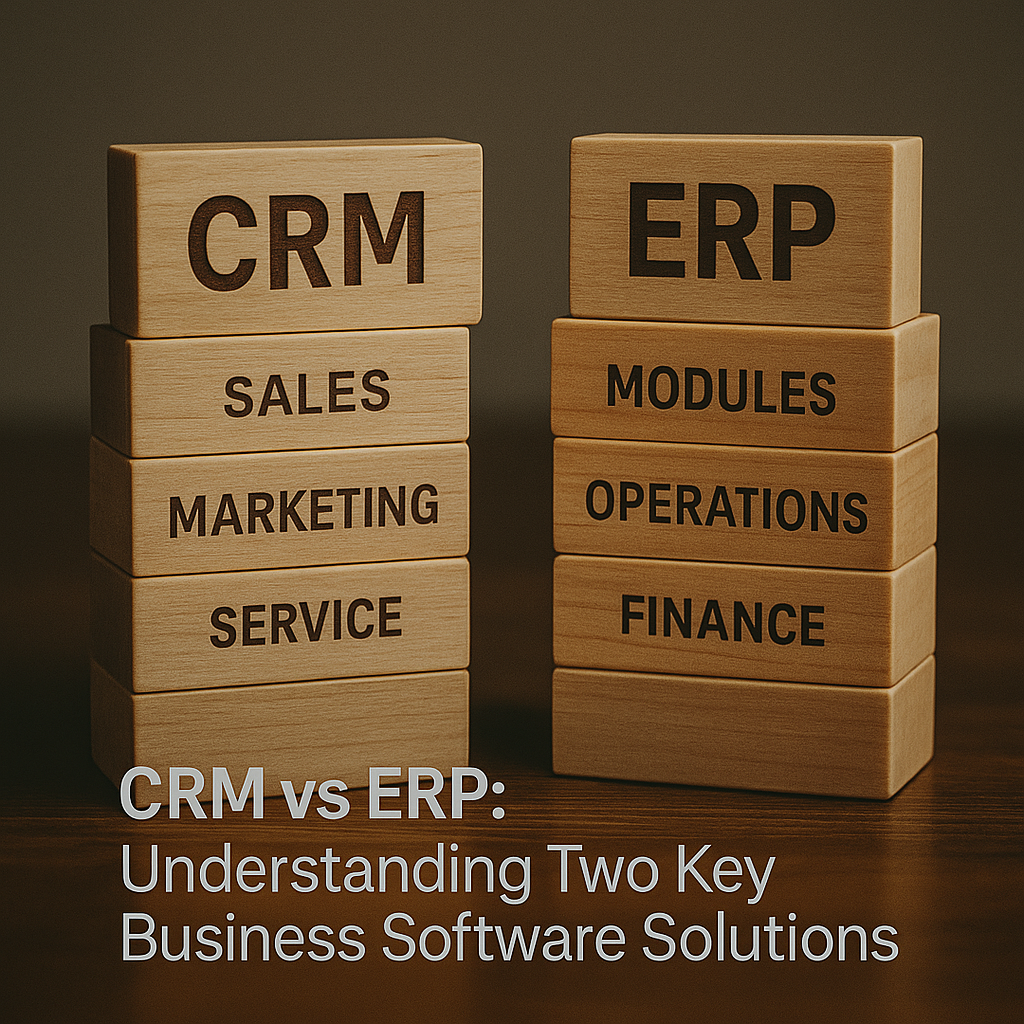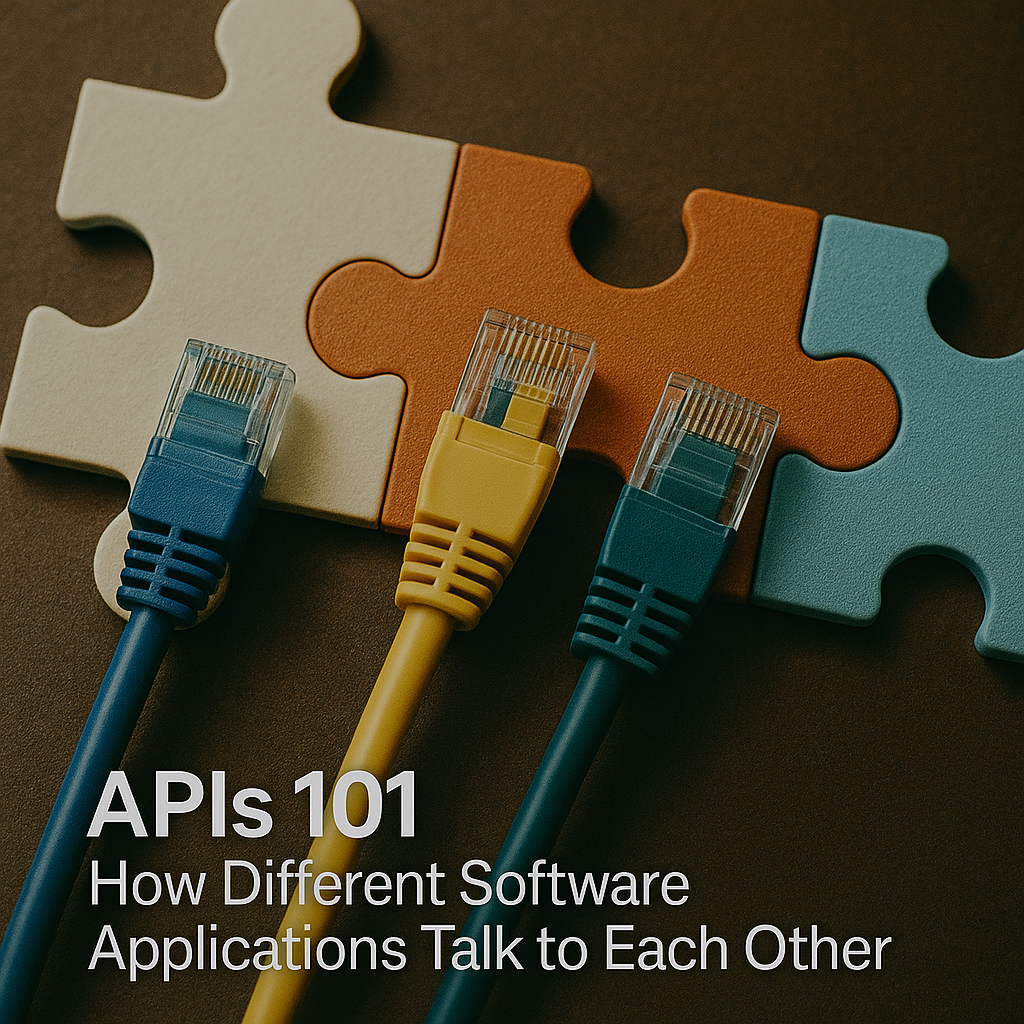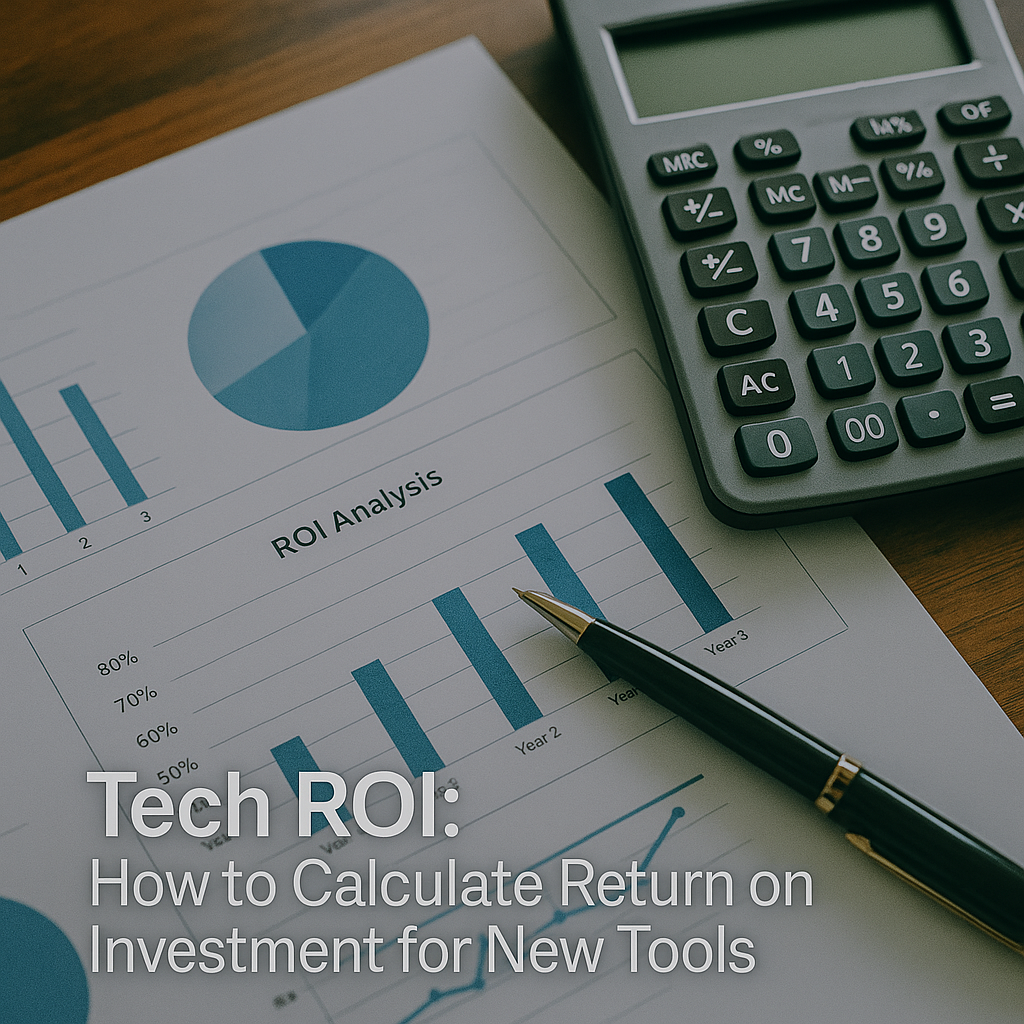Managing a small business or startup means embracing multiple roles, and connecting with your community is one of the most essential. Entrepreneurs constantly seek ways to enhance their offerings while building a loyal customer base. By fostering an open dialogue with your customers, you pave the way for sustainable growth and continuous product or service innovation. Establishing a structured community feedback loop can transform your business by inviting valuable insights, addressing concerns, and implementing improvements that build trust and elevate your service.
Understanding the Value of a Community Feedback Loop
Prioritizing ongoing communication with your customers cultivates a culture where honest feedback thrives. Imagine being part of a conversation where your input not only influences future decisions but also shapes your business’s evolution. For entrepreneurs navigating uncertainties, a systematic feedback mechanism offers actionable insights, which is critical for small businesses where every investment in customer satisfaction counts.
This feedback loop goes beyond receiving praise—it transforms criticism into opportunities for growth. Built on transparency, trust, and mutual respect, an effective community feedback loop uses regular check-ins to highlight what customers appreciate and identify areas needing improvement. Over time, this iterative process bridges the gap between your brand and its audience, guiding innovation and strategic planning.
Steps for Creating a Structured Community Feedback Loop
Designing a structured community feedback loop requires thoughtful planning and commitment. Entrepreneurs should adopt a consistent approach that encourages dialogue and fosters a safe space for constructive opinions. Follow these practical steps to create an effective feedback system:
1. Define Clear Objectives
Before building your feedback system, clarify what you want to achieve. Are you aiming to refine your products, enhance customer service, or improve user experience? Establishing clear objectives helps focus your efforts, whether you’re looking to boost user engagement or tailor your marketing strategies based on customer insights.
2. Develop Efficient Communication Channels
Utilize multiple platforms to collect feedback. Whether through social media, email surveys, forums, or in-person events, your strategies should align with where your customers are most active. For example, integrating a feedback form on your website or using social media polls can quickly gather valuable insights. Research from Entrepreneur shows that businesses that rapidly adapt based on customer feedback often lead in customer satisfaction.
3. Engage and Encourage Open Dialogue
Effective feedback is a two-way street. Show your community that their voices matter by regularly responding to comments, acknowledging concerns, and updating them on your improvements. Hosting virtual meetups or Q&A sessions can also spark genuine conversations, ensuring customers feel heard and valued.
4. Analyze, Act, and Iterate
Collecting feedback is just the beginning. The real advantages emerge when you analyze the data, identify patterns, and implement actionable steps. Data-driven decision-making is not just for large corporations. Small businesses benefit immensely when they measure customer insights, monitor sentiment, and address recurring issues. By acting on feedback and following up with your community, you create a cycle of continuous improvement and accountability.
Implementing Effective Strategies for Community Feedback Loops
Integrating a feedback loop into daily operations may initially seem overwhelming, but it becomes manageable with the right approach. Break the process into manageable segments aligned with your business cycle. For instance, after a product launch or campaign, dedicate time to assess customer responses, which not only motivates detailed feedback but also informs timely adjustments.
Balance qualitative and quantitative feedback for a comprehensive understanding of customer sentiment. While ratings provide a clear snapshot, qualitative comments reveal the experiences and emotions behind the numbers. This balanced approach offers insights into both what is happening and why, giving you a detailed view of customer expectations.
Involve team members from various departments in reviewing feedback. Customer support may identify common user issues, while product teams can suggest new features to resolve these challenges. Sharing these insights with your community through updates on your website or blog—perhaps on a dedicated section of our business resource platform—demonstrates a direct link between their feedback and your strategic improvements.
Best Practices for Implementing a Community Feedback Loop
Blending various feedback methods into a seamless loop is an art form. Entrepreneurs can benefit by adhering to these best practices when designing a community feedback loop:
Keep It Simple and Accessible
Ensure your feedback channels are user-friendly. A complicated process may discourage customers from sharing their opinions. Whether using online surveys or discussion boards, keeping the process simple can increase response rates and provide more robust data for decision-making.
Regularly Update Your Community
Keeping your audience informed is key to effective engagement. After analyzing feedback, share the outcomes with your community. This transparency shows that customer opinions are valued and encourages further participation, building trust and fostering a loyal customer base.
Leverage Technology
Utilize technology to streamline your feedback process. Tools such as CRM systems, automated surveys, and social media listening platforms can enhance data analysis, saving both time and resources. Investing in these technologies helps create a sustainable model that evolves with your customer base.
Monitor, Evaluate, and Adapt
Stay agile by continuously monitoring the impact of your feedback loop. Customer preferences and market dynamics evolve, so it’s important to evaluate your strategy regularly. Adapting your approach ensures your feedback system remains effective and aligned with your business objectives.
Building and implementing a community feedback loop is an ongoing journey of engagement, reflection, and progress. By fostering a culture where open communication is valued, you empower customers to shape the future of your offerings. This collaborative approach not only drives growth but also strengthens the community around your brand.
Adapting Your Feedback Loop for Future Growth
Entrepreneurs must be ready to refine and adapt their feedback strategies. As market trends shift and customer expectations evolve, revisiting your community feedback loop is essential to remain relevant. This iterative approach embraces new data collection and analysis techniques, keeping you ahead of industry trends.
Every piece of customer feedback is a learning opportunity for small business owners. As you plan future enhancements or develop new products, insights from your community can be invaluable. Often, the best ideas emerge from outside traditional management channels. Regular strategy reviews, benchmarked against industry standards from sources like Forbes or Entrepreneur, can help prevent stagnation and inspire dynamic growth.
In today’s customer-centric market, investing in effective community feedback strategies is an investment in your business’s future. By creating systems that facilitate transparent communication, integrate actionable insights, and build customer trust, you set your enterprise on the path to long-term success.
Embracing a culture of continuous improvement and openness transforms feedback from criticism into a catalyst for growth. Business owners who adopt this mindset often experience enhanced customer loyalty, increased sales, and a stronger market presence.
- Define clear objectives and use user-friendly channels to collect feedback.
- Combine qualitative insights with quantitative data for a well-rounded perspective.
- Keep your community informed with regular updates to build trust and engagement.
- Stay agile by continually monitoring, evaluating, and refining your feedback processes.









